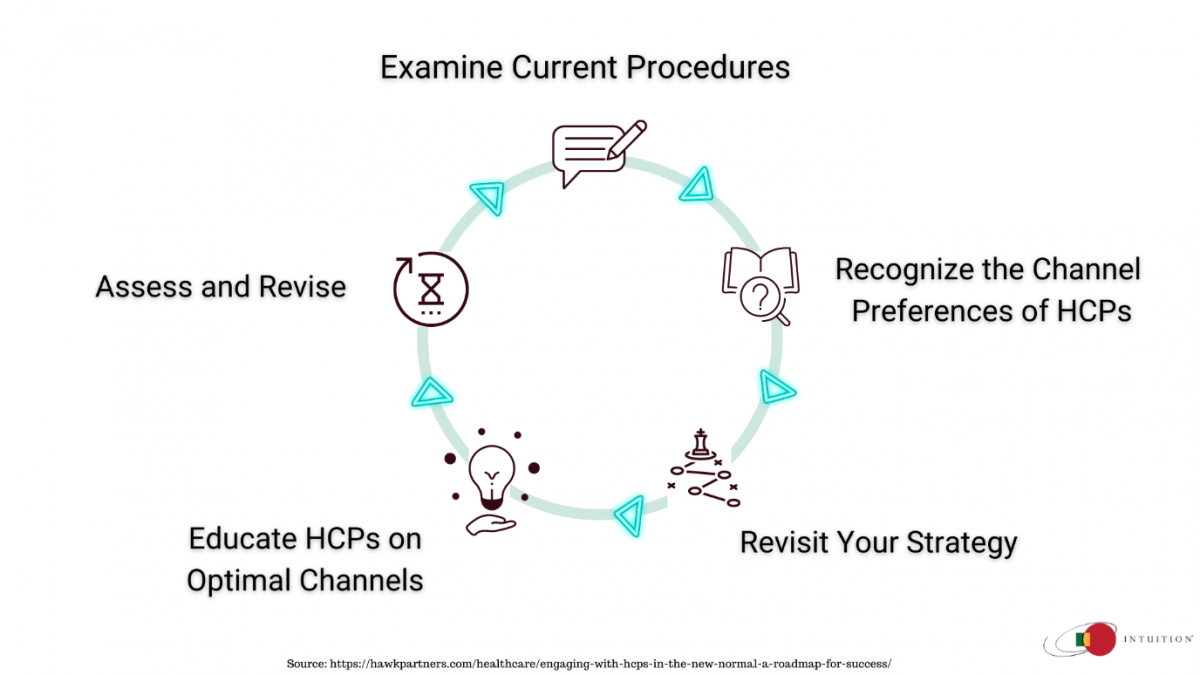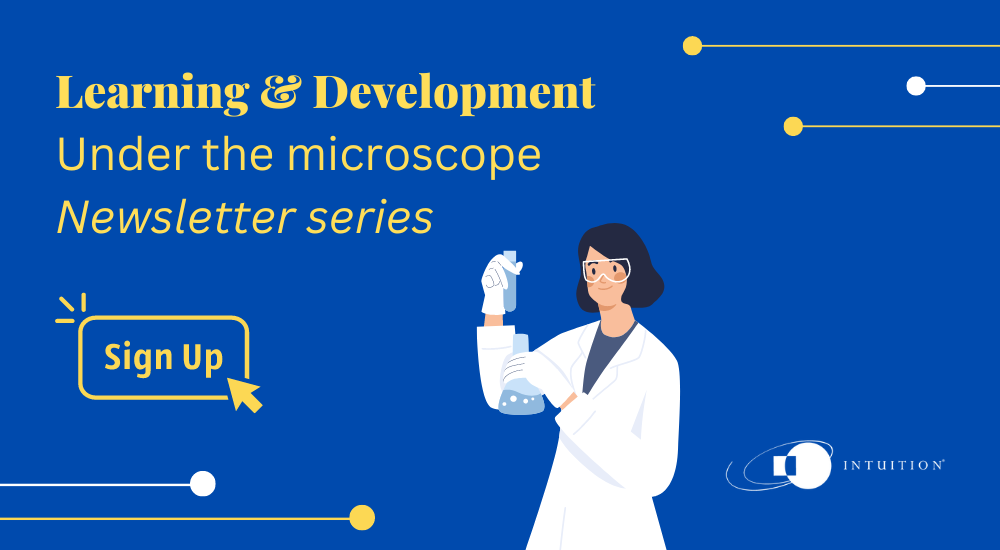A 5 Step Process to Optimize HCP Engagement When Launching Your Digital Customer Ed Experience
HCP (Health Care Practitioner) education has evolved from its traditional in-person, client facing roots to a now predominantly digital delivery infrastructure. With their hands forced by the onset of the pandemic, educators have turned to email, webinars, virtual meetings, and HCP portals to deliver the needed post-sales information.
As these customer education protocols transform, so does the strategic process of the education provider.
For example, in the past, face-to-face meetings allowed for instant two-way communication, allowing both the learner and the educator to gather info instantaneously. In the world of digital delivery, this information collection process must be reassessed along with the overall customer education process.
With this in mind, this article presents a 5 step process developed by HawkPartners you can use to deliver a robust digital customer education experience to HCPs.
- Examine Current Procedures
- Recognize the Channel Preferences of HCPs
- Revisit Your Strategy
- Educate HCPs on Optimal Channels
- Assess and Revise
Alcon Experience Academy: Delivering a Global HCP Engagement Platform

1 Examine Current Procedures
To start, make a list of your brand’s HCP messaging.
Messages that can come out as tone-deaf in today’s environment may need to be rewritten.
Next, evaluate your present channel mix and approaches to see if there are any gaps in HCP coverage.
Consider testing new technologies that provide integrated platforms for virtual engagement with HCPs if necessary.
Related article: How to Educate HCPs in the Digital World: 4 Strategic Considerations
2 Recognize the Channel Preferences of HCPs
Understanding HCP channel preferences at an individual level, if achievable, is crucial.
Understanding preferences at the segment level, speciality, practice, or geographic level will help influence a longer-term, customer-centric coverage model if HCP-level preferences are not accessible.
Organizations adept with HCP preferences at their most granular, will be better equipped to scale effective communications strategies en masse.
3 Revisit Your Strategy
Revise your content and channel mix based on HCP channel preferences, available technology, and internal resources, with the goal of providing HCPs with information where, when, and how they want it. Visual aids must be effective on applicable digital platforms; materials meant for in-person delivery may not be effective in digital channels, particularly self-service channels.
These materials will benefit from careful consideration and testing with HCPs to ensure that they are optimal for the intended media.
Consider new messages and/or solutions focused at resolving disruptions to practice and treatment protocols.

4 Educate HCPs on Optimal Channels
HCPs will require and appreciate direction on where and how to obtain information; organizations who make this process as simple as possible will gain a competitive advantage.
HCP portals are an example of self-service tools that may require education/training to ensure HCP comfort with the technology.
Not only should messaging emphasize where and how to obtain information, but also why it is vital. Adoption will be aided by actual benefits such as the capacity to save HCPs time or access to newer/better information.
Related article: How to Develop an Engaging Customer Education Curriculum: 5 Tips
5 Assess and Revise
Consider testing new digital interaction platforms and technologies. Digital engagement technologies allow for more customization (at the segment level) and maybe personalization (at the individual HCP level) depending on content and channel preferences, brand relevance, and other variables. Use a consistent set of criteria for evaluating different channels as new tools are added to provide a data-driven approach to identifying which methods should be expanded and which should be phased out.
Conclusion
In conclusion, the transformation to digital has forced the hand of many education providers to tear up their traditional information delivery methods and make the shift to virtual learning. Traditional methods, which are potentially still relevant in the long term once society fully reopens, have temporarily been replaced.
As product providers have transformed their education delivery practices, they are also required to transform the surrounding processes to this delivery.
As providers move forward, the HCP digital engagement process of:
- Examine Current Procedures
- Recognize the Channel Preferences of HCPs
- Revisit Your Strategy
- Educate HCPs on Optimal Channels
- Assess and Revise
Will help to refine and optimize digital communications in this space.


